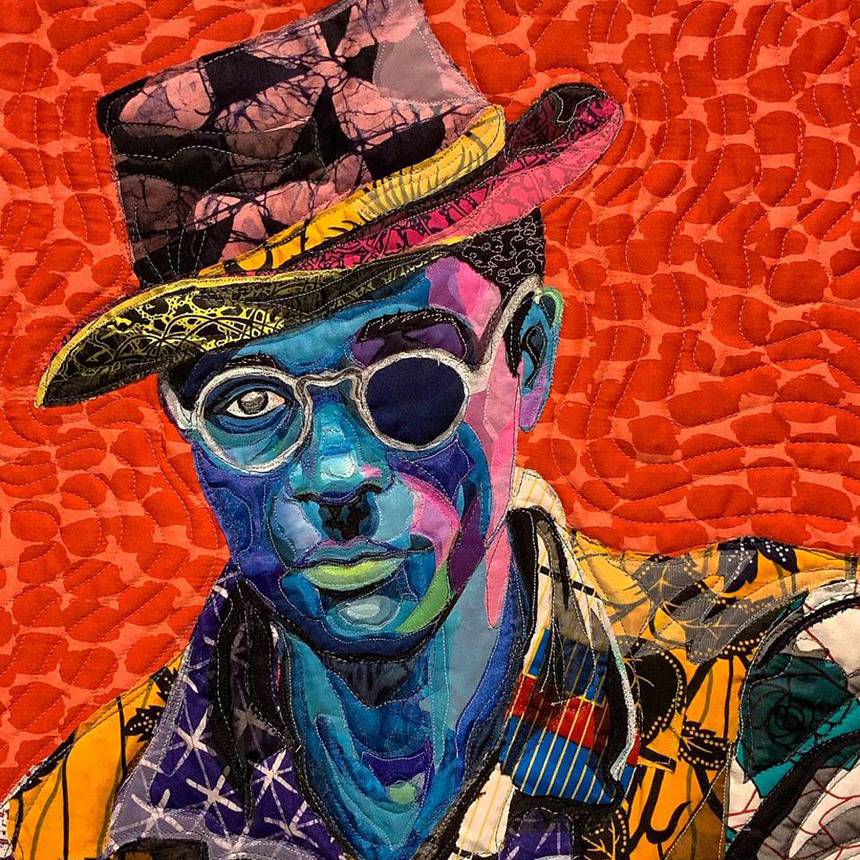People are becoming increasingly aware of the excessive waste that goes on within the fashion industry, particularly when it comes to ‘fast fashion‘, and the mind-boggling negative environmental impacts that are associated with the whole process.
But change is possible: some of the seven “R” strategies to shift toward a more sustainable fashion industry include reducing, reusing, recycling, repairing, researching, renting, and of course, repurposing. A great example of repurposing with inspiring results is Brooklyn-based textile artist Bisa Butler, who creates these stunningly intricate quilted tapestries that are primarily made with vintage and repurposed fabrics.
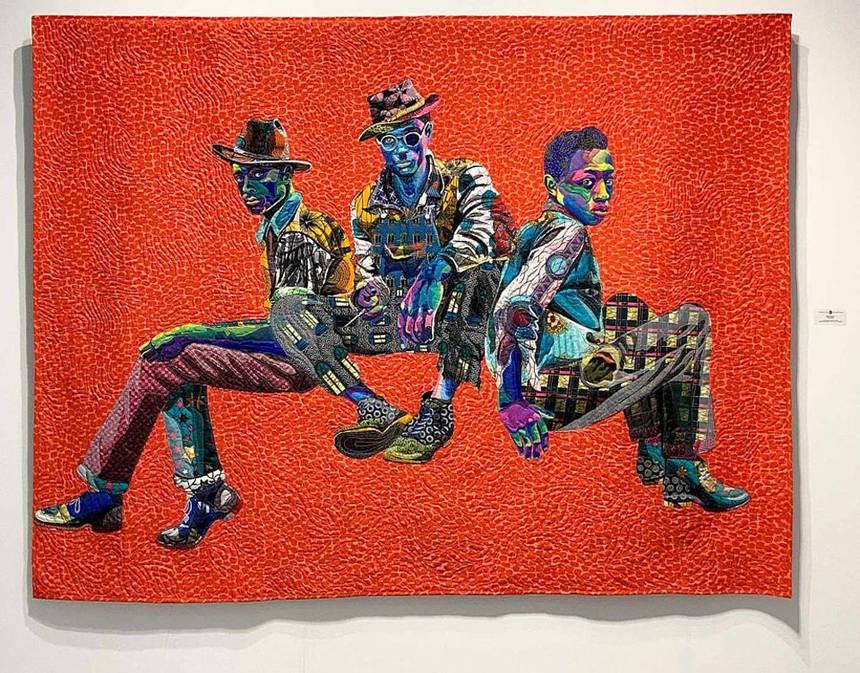 © Claire Oliver Gallery, New York
© Claire Oliver Gallery, New YorkButler’s goal is to transform discarded fabrics into something new and vibrant, explaining that: “We have enough ‘stuff’ in the world – let’s reuse and repurpose what we already have.” But Butler doesn’t just strive to bring a bit of environmental consciousness in her choice of materials, she also strives to highlight the richness of African-American culture as well through her polychromatic portrayals of everyday citizens to historical figures like Paul Laurence Dunbar, Basquiat, and Josephine Baker.
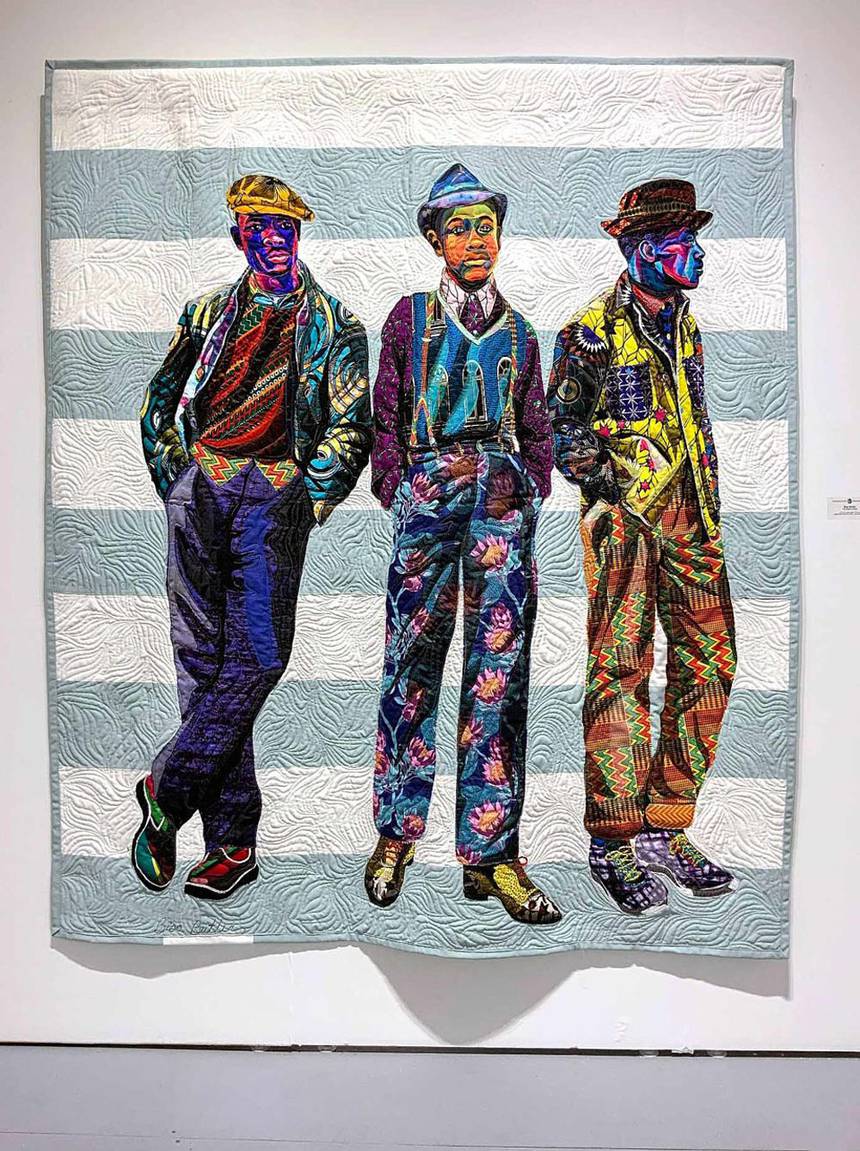 © Claire Oliver Gallery, New York
© Claire Oliver Gallery, New York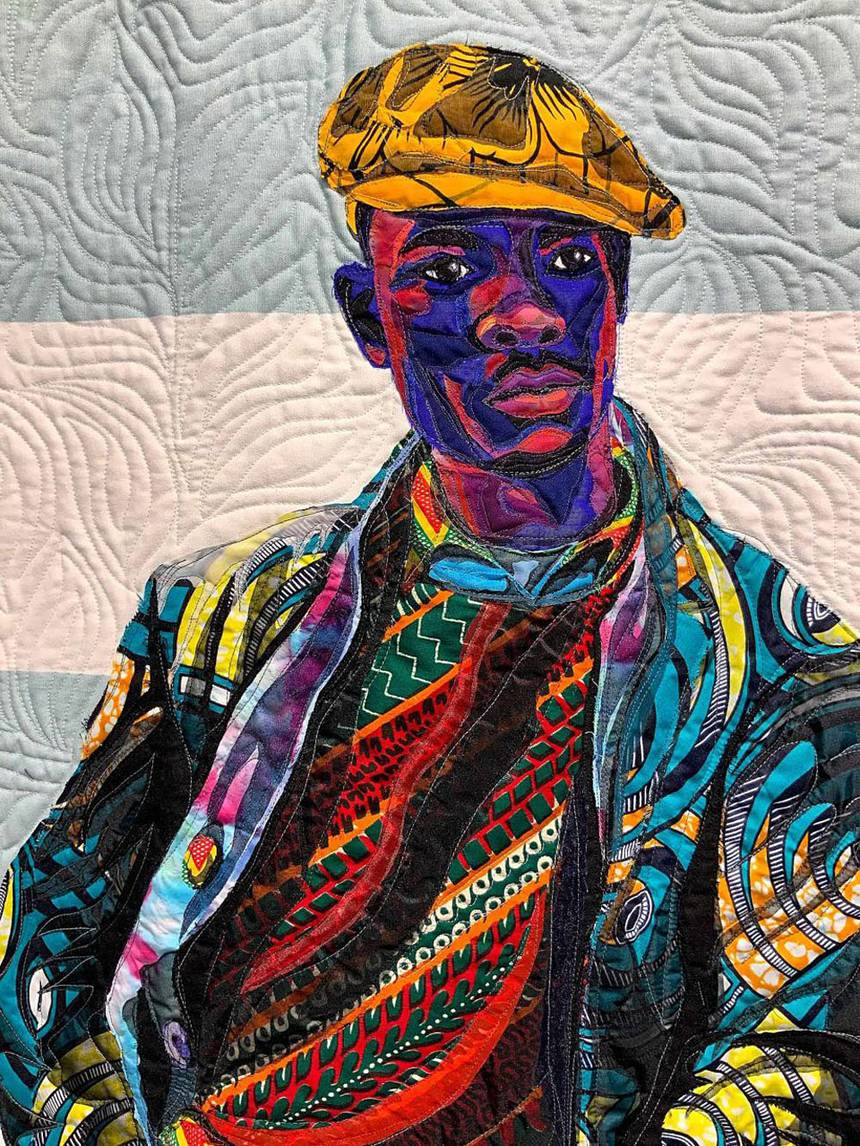 © Claire Oliver Gallery, New York
© Claire Oliver Gallery, New York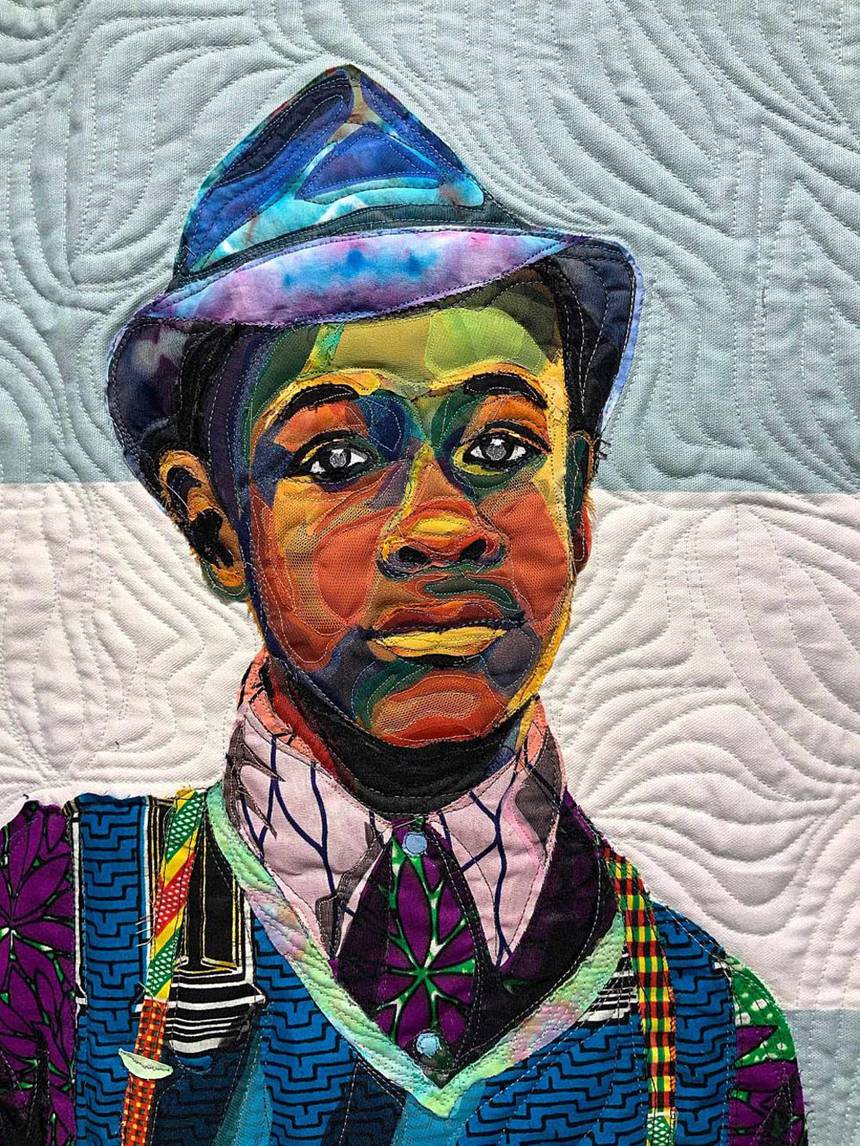 © Claire Oliver Gallery, New York
© Claire Oliver Gallery, New York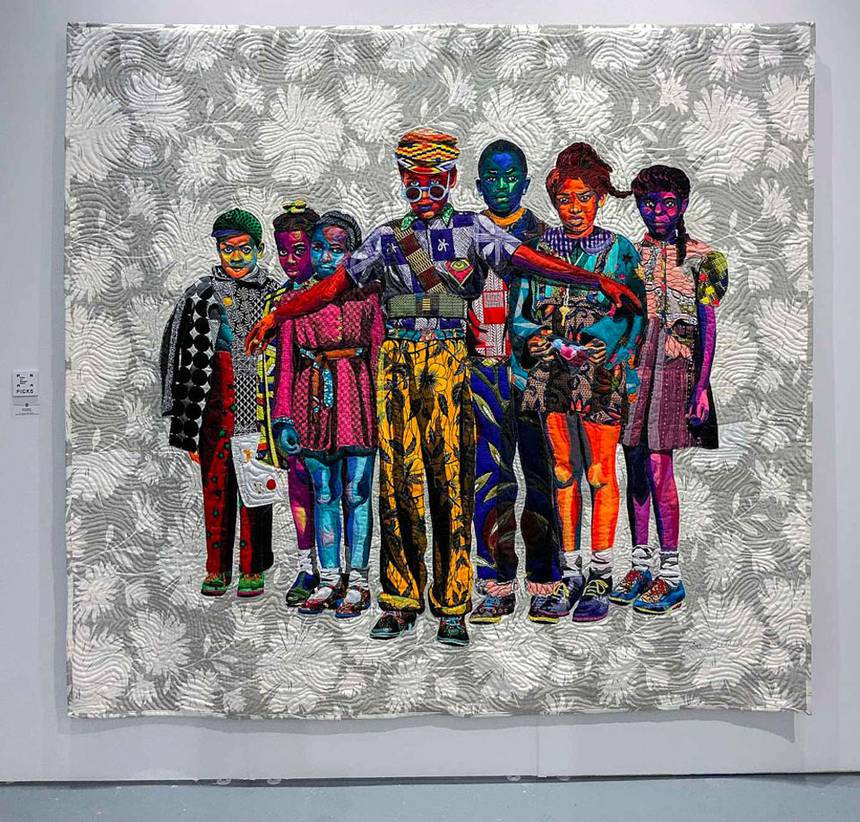 © Claire Oliver Gallery, New York
© Claire Oliver Gallery, New York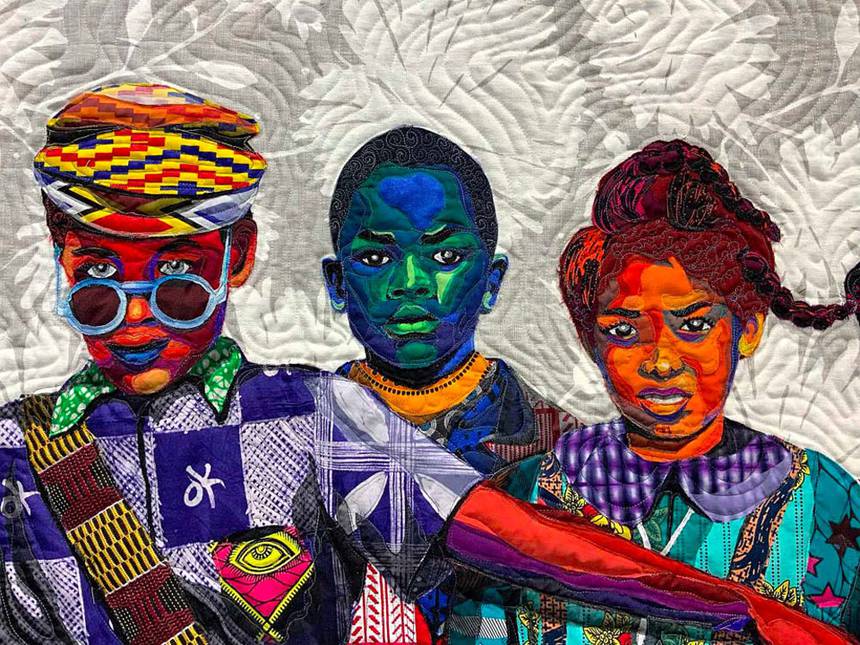 © Claire Oliver Gallery, New York
© Claire Oliver Gallery, New YorkAs Butler recalls via the Claire Oliver Gallery website:
I have always been drawn to portraits. I was the little girl who would sit next to my grandmother and ask her to go through her old family photo albums. I was the one who wanted to hear the story behind every picture. This inquisitiveness has stayed with me to this day. I often start my pieces with a black and white photo and allow myself to tell the story. My stories are told in the fabrics that I choose, the textures I combine, and the colors that create a whole new composition. My portraits tell stories that may have been forgotten over time. When you see vintage lace and aged satin, it tells you the story of delicacy and refinement of times gone by. When you see African printed cotton and mud cloth, it tells the story of my ancestral homeland and the cradle of civilization. When you see multi-colored organza and netting layered, you are being told a story of something or someone colorful and multifaceted.
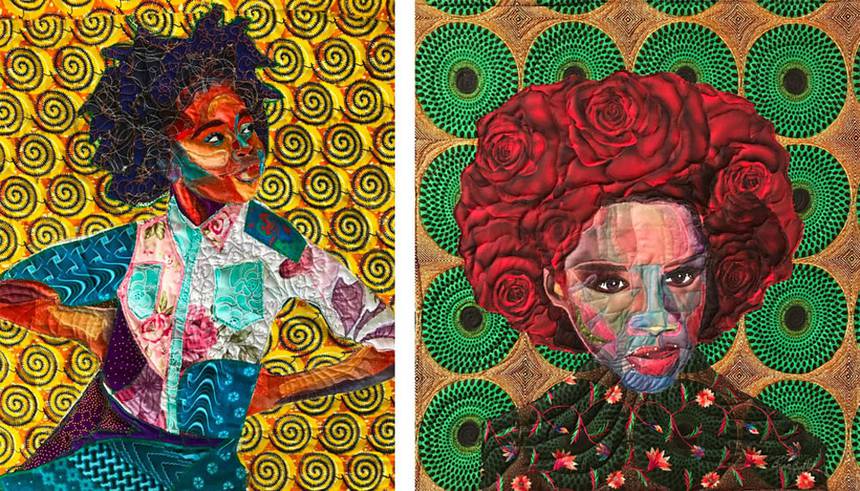 © Claire Oliver Gallery, New York
© Claire Oliver Gallery, New York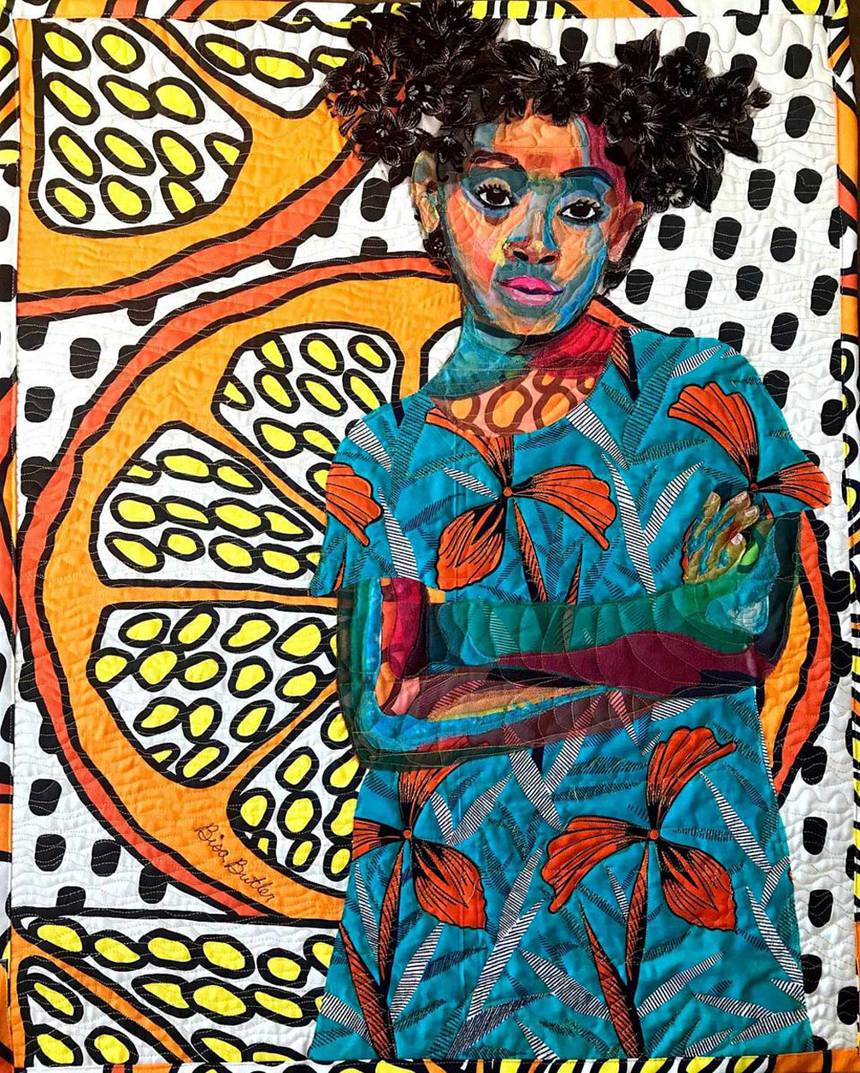 © Claire Oliver Gallery, New York
© Claire Oliver Gallery, New YorkButler’s careful choice of materials also considers her own family situation; she was initially a painter who added bits of fabrics to her paintings, but once her daughter was born, she switched to only quilted fabrics in order to avoid exposing her child to toxic stuff that is often found in artist’s paints.
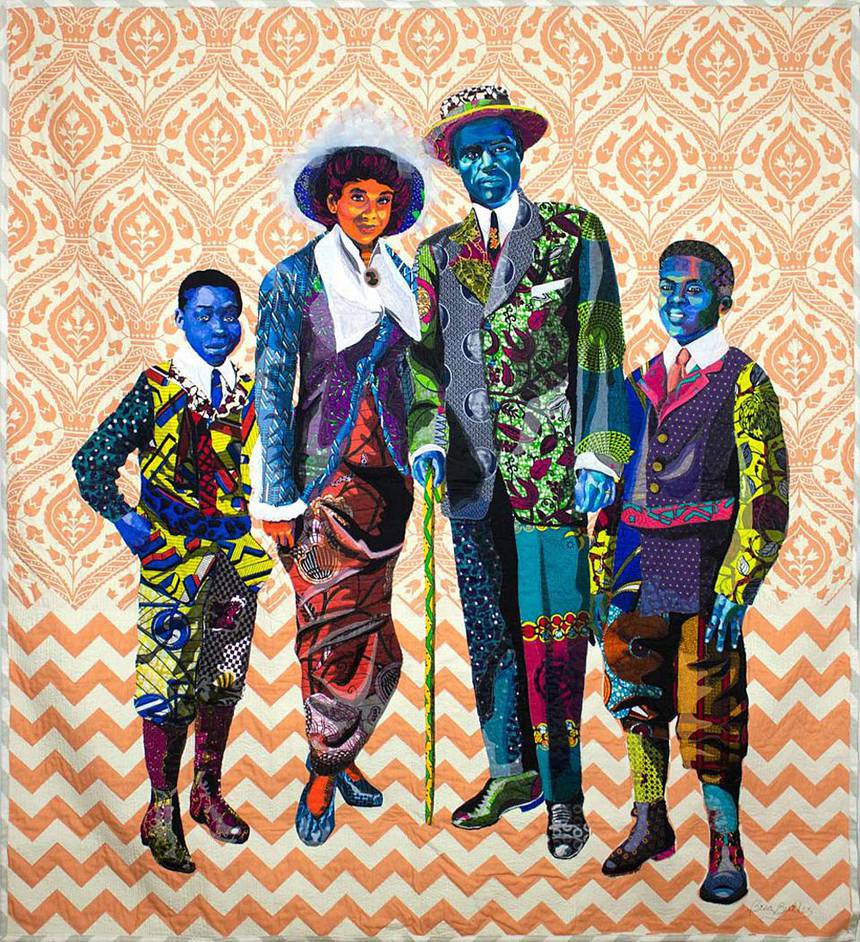 © Claire Oliver Gallery, New York
© Claire Oliver Gallery, New York
